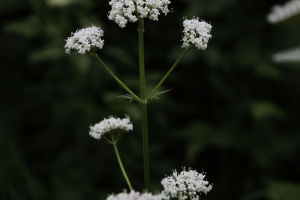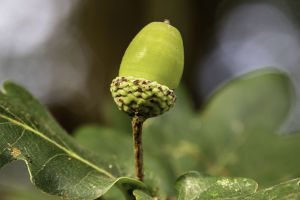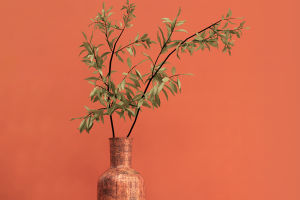Orchids are known for their stunning diversity and beauty, attracting both novice enthusiasts and experienced collectors. While caring for orchids can be fulfilling, challenges can arise.
Detecting signs of decline, such as changes in leaves and roots, is crucial. Addressing issues promptly, rooted in care, environment, pests, or diseases, is essential for orchid health and longevity.
1. Adjusting Light Levels for Healthy Plant Growth
There are various types of orchids, each with specific light requirements crucial for their growth. Providing the correct amount of light is essential to prevent your orchids from deteriorating and potentially dying.
For instance, Phalaenopsis and lady slipper orchids thrive in low light conditions and require around 1,500-foot candles from a filtered, indirect light source. Medium-light orchid varieties such as Dendrobium, Cattleya, Oncidium, and Miltonia need bright, indirect light of about 2,500-foot candles. On the other hand, orchids like Vanda, Brassavola nodosa, and Brassia can tolerate more sunlight and require approximately 5,000-foot candles.
Monitoring the color of the leaves is a simple way to determine if your orchid is receiving enough light. Darkening green leaves indicate insufficient light, while yellowing leaves suggest an excess of light. To correct these issues, consider using a combination of cool and warm grow lights for inadequate light and a gauze curtain to filter excessive sunlight.
2. Managing Humidity Levels in Houseplants
Maintaining an optimal humidity level of 40-70 percent is crucial for most orchid species, especially tropical orchids that prefer higher humidity levels. Signs such as brown leaf tips or dry aerial roots indicate a lack of humidity, which is common in indoor environments, particularly during the winter months when heating systems are in use.
To increase humidity, mist the leaves regularly or place the orchid container on a saucer filled with water and lined with pebbles. It is important to sanitize the saucer periodically to prevent fungal diseases. Moreover, consider using a humidifier or grouping plants together to enhance humidity levels through transpiration.
3. Dealing with Fungal and Bacterial Leaf Infections in Orchids
Orchids, being predominantly tropical plants that thrive in humid conditions, are susceptible to fungal and bacterial diseases which can manifest as black spots and lesions on the leaves. Black spots may signify either a fungal or bacterial infection.
If fungal infection is suspected, it is advisable to remove infected leaves and apply a copper fungicide or dust the plant with cinnamon to leverage its natural antifungal properties. On the other hand, bacterial diseases may initially present as water-soaked areas on the leaves. In the case of Phalaenopsis orchids, bacterial entry occurs through plant injuries and can lead to plant death within a few days. Other orchid species may experience leaf decay and mushiness, eventually resulting in the splitting of the leaf and leakage of infectious liquid onto other plant parts.
In all scenarios, detection and removal of infected leaf material, followed by the application of a bactericide and enhanced air circulation, are recommended for effective control.
4. Addressing Root and Bulb Rot in Orchids
Orchid root rot, caused by various fungi, can develop due to overwatering, root or bulb damage, or excessive soil fertilization. Affected roots and pseudobulbs typically display discoloration, darkening, and a mushy texture. This condition obstructs the orchid's vascular system, impeding nutrient and water absorption and resulting in wilting. Signs may include a foul odor, wilting stems, pale foliage, bud loss, and stunted growth.
To address root rot, repotting the orchid is essential. The plant should be removed from its container, with it being sterilized using a bleach solution. After removing the old soil and trimming diseased roots, the roots should be dusted with fungicide and repotted in a fresh orchid potting medium to promote recovery.
Proper watering techniques are paramount to prevent the recurrence of root rot in orchids.
5. Controlling Pests on Orchid Leaves
Orchids are prone to a variety of insect pests such as thrips, mealybugs, mites, scale insects, whiteflies, and aphids. Detection of shiny and sticky leaves and stems may indicate the presence of honeydew, secreted by sap-sucking pests like aphids and mites, while mealybugs typically manifest as cottony growths on the plant.
Thrips can be identified by placing a white paper under the leaves and observing for black dots indicating their presence. Control measures for these pests include wiping the foliage with soapy water or using insecticidal soap. Isopropyl alcohol can also be effective against smaller insects.
Infestations of soil or fungus gnats, characterized by fly-like insects, are common in overly moist and over-fertilized soil. Maintaining proper soil moisture levels and utilizing sticky cards as traps can help manage these pests effectively.


